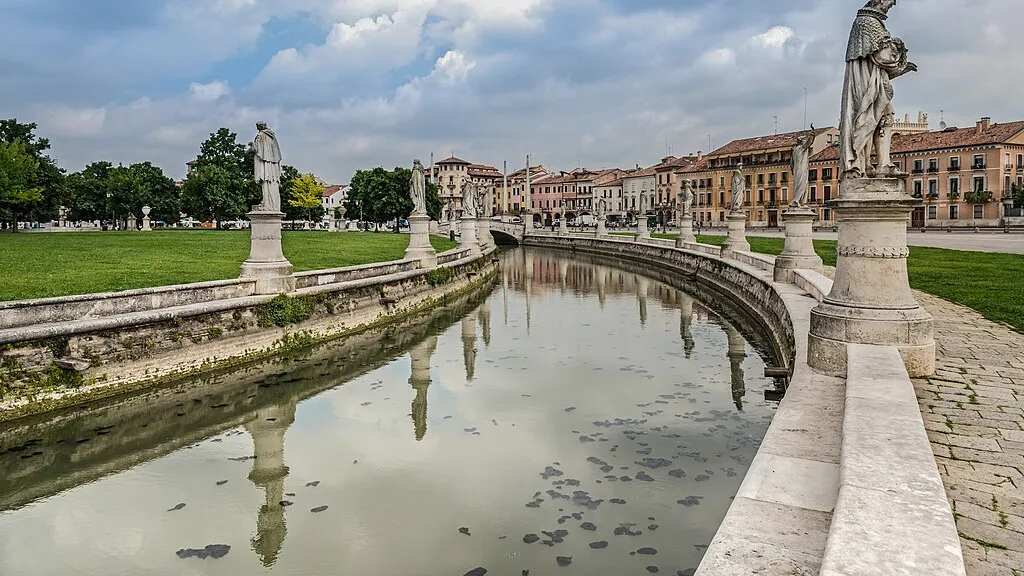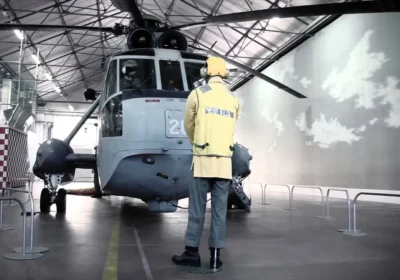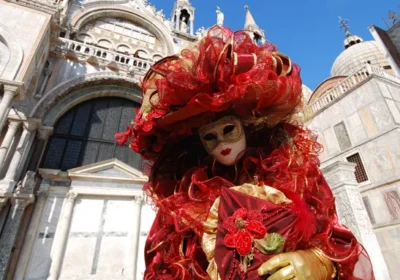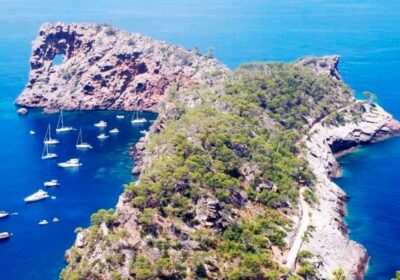Padua is one of the most famous historical and cultural centers in northeastern Italy. According to legend, Padua-an ancient name for “Patavium”-was founded by the mythical hero of Troy, Antenore, sung in Virgil’s poem “Aeneid”. One of the gems of the city is the Chapel of Scrovegni. The chapel was commissioned by Enrico Scrovegni to save the soul of his father Reginaldo, who was accused of usury, and where you can admire the frescoes of the famous Florentine painter Giotto (1302-1306 frescoes). The Scrovegni Chapel is listed as a cultural heritage of humanity and is protected by UNESCO.
The Cathedral of St. Anthony is a center of religious and cultural pilgrimage. Construction began in 1232, a year after the death and canonization of the saint. Inside this temple you can admire the frescoes and sculptures of famous masters of the past, among which should be highlighted: Giotto, Donatello, Giusto di Menabuoi, Altichiero, Tullio Lombardi, Andrea Mantegna, Giovanni Maria Falconetto and many others. Not far from the cathedral is one of the largest and most beautiful squares in Europe “Prato della Valle” (88620m²) with 78 statues surrounding the central part of the square. In Roman times it was the site of the “Zairo” theater for gladiatorial beatings, later the stones of the theater were used to build a canal around the island of “Memmo”, the central part of the square.
The basilica of St. Justina, who was martyred in 304, faces this square. In terms of its size, it ranks 11th in the Christian world. Inside the basilica rest the relics of many saints, including: the Holy Martyr Justina, the two first saints of Padua – Maximus and Prosdocimo, part of the relics of St. Matthew the Apostle. In the left wing of the basilica rest the relics of St. Luke the Apostle and Evangelist. It is believed that they came here during the iconoclastic heresy in the VIII century. According to other sources, the relics of St. Luke were brought from Constantinople under Emperor Julian the Apostle (361-363).
Also worthy of special attention is the ancient University (founded in 1222 and after the University of Bologna is one of the oldest in Europe). It was here that the famous astronomer Galileo Galilei taught for 15 years, and in 1594 in this university was opened the first in Europe “Anatomical Theater”, made entirely of wood in the form of a funnel and where classes on anatomy were held until the end of 1872.
Two other magnificent buildings of the city are the “Café Pedrocchi” (1826-1831) and the “Palace of Justice” (1218-19), the latter surrounded by medieval squares: the Square of Fruits, the Square of Herbs and the Square of Lords.
Duration of the tour is 3h. with guide, car and road included.
Attention: with a visit to the Chapel of Skrovegni, the tour may take 4 hours with road.

















